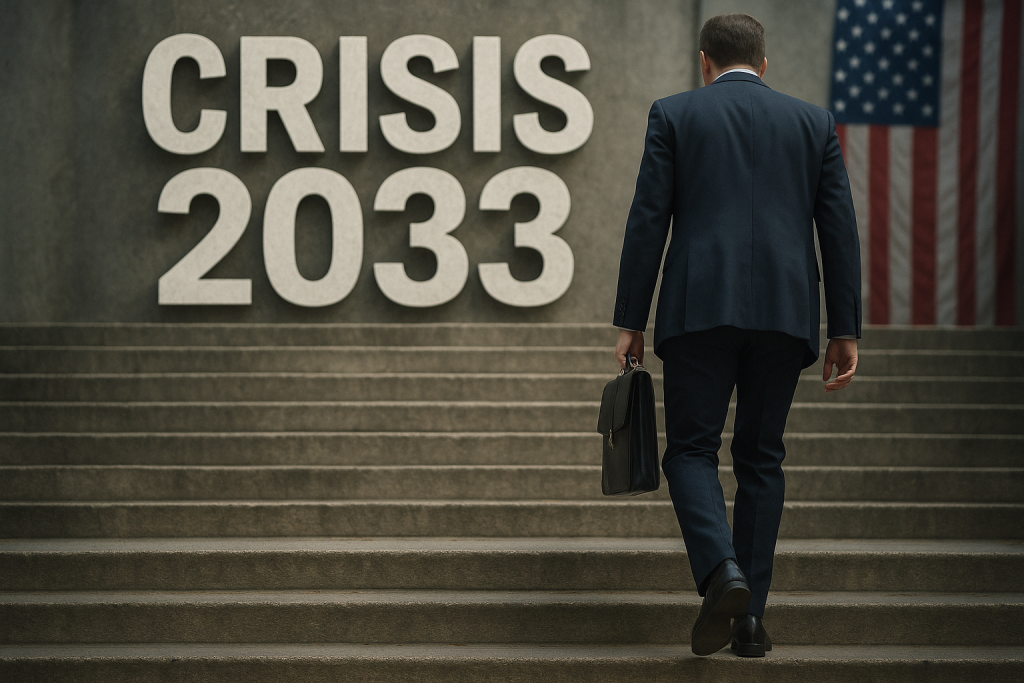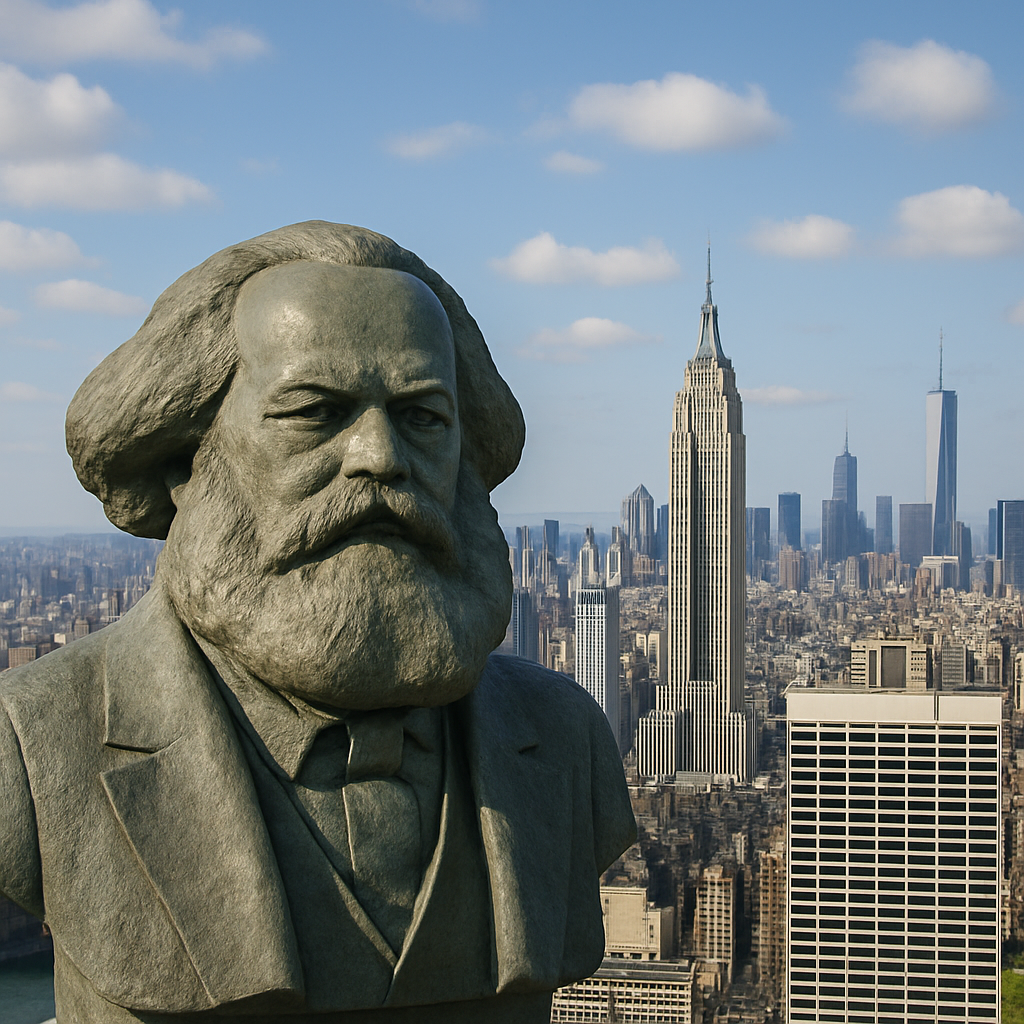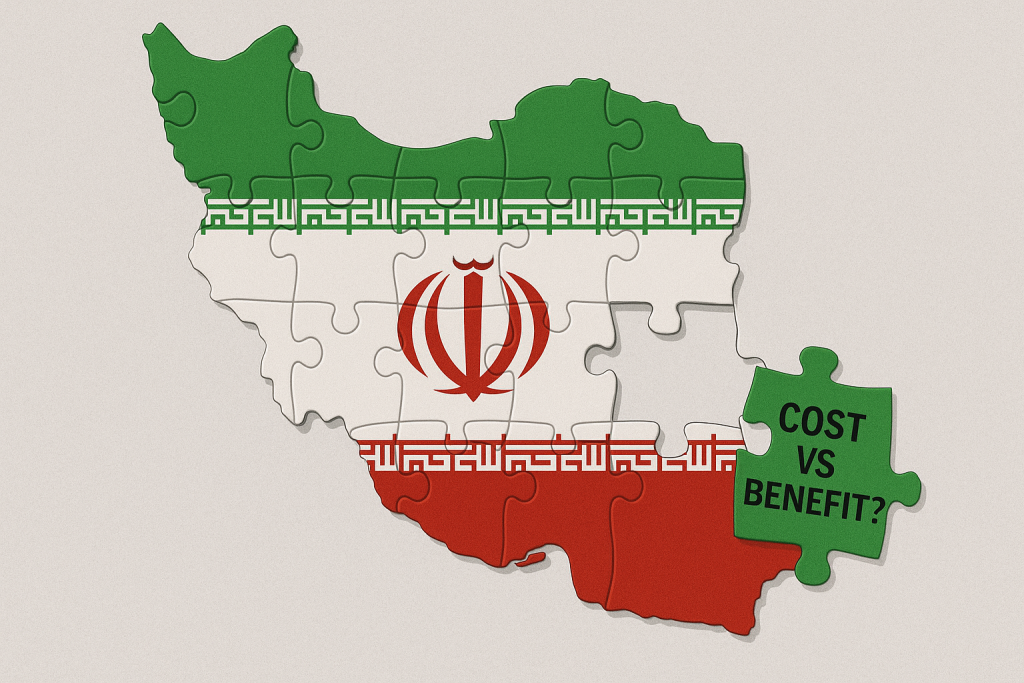Sigrid Paul was living in East Berlin in 1961 when she gave birth to a beautiful baby boy.
Unfortunately, though, her son was born with major health problems… and Sigrid had to seek out the best possible medical care to treat him.
This was more than fifteen years after World War II, and Germany had already been split between East and West for more than a decade.
Unsurprisingly, the capitalist West had substantially higher healthcare than the socialist East (which was really just a Soviet puppet state) In fact, the West had higher quality everything… and that’s why over three million East Germans defected to the West between 1945 and 1961.
By the early 1960s, the Soviet Union was desperate to stop the drain of talent and workers from East Germany. It was an embarrassment for them. So they slowly ramped up ‘people controls’ to keep the population of East Germany within its socialist utopia.
They started with more vigorous border check points, exit visas, “papers, please”, etc.
Many East Germans started to become anxious about what might come next, and whether they would continue to be able to travel to the West… including Sigrid Paul. She had been traveling to West Berlin regularly for her son’s medical care, and she was worried about being trapped.
But in June of 1961, the leader of East Germany set everyone’s mind at ease when he publicly proclaimed, “No one has the intention of erecting a wall.”
East Germans were comforted. Their government made them a promise that everything would be OK, so they stopped worrying. And Sigrid took comfort that she would continued to be able to access West German medical care.
But that all changed when residents of East Berlin awoke on the morning of August 13, 1961 to find a barbed-wire fence and concrete barrier erected between East and West Berlin… not to mention armed soldiers backed by the Soviet Union.
Sigrid panicked. She and her son were instantly cut off from medical care.
Fortunately, a group of East German doctors were able to falsify certain medical records and transport the boy to the West, saving his life.
But Sigrid was not permitted to go with him. Soviet bureaucrats forced her to remain. And when she was caught planning an escape to be with her son, she was arrested and served four years in prison.
If Sigrid had taken the risk seriously, she could have simply walked across the border to the West and started a new life there… when the option was still available. But like so many others, she ignored the obvious warning signs and believed the experts who told her that everything would be OK.
As a result, she was separated from her son and lived under a totalitarian regime until it finally collapsed in 1989.
Sigrid’s story is obviously an extreme case. But at its fundamental core is a theme that is very common among human beings.
Most people are optimists who suffer from a bad case of normalcy bias. We really want to believe that tomorrow will look very much like today. And even when there are really bad warning signs flashing, our optimism and normalcy bias cause us to ignore the risks.
That’s especially true when our leaders make expert proclamations. And we’ve certainly seen our share of those:
Ten days to stop the spread. Silicon Valley Bank is safe. The Taliban won’t retake Afghanistan. No one will touch your Social Security. The debt doesn’t matter. Deficits don’t matter. America can afford two wars.
The list goes on an on.
For example, as I mentioned earlier this week, by 2031, US tax revenue will not even cover mandatory entitlement spending (like Social Security) and annual interest payments on the national debt.
This is according to the Congressional Budget Office, i.e. a US government agency.
You can practically circle a date on your calendar for a major financial crisis: 6 years, 11 months, 26 days from now.
To think that this doesn’t pose a huge risk to prosperity and stability within the United States is beyond delusional.
Meanwhile, civil unrest already seems to ignite on the streets across the US at the slightest provocation. Crime is at ridiculous levels. Imagine what this will look like when real economic pain hits.
In the face of such obvious risks, it makes a lot of sense to have a backup plan.
And one crucial aspect of a Plan B is having another place to go, where you are entitled to live, work, and raise a family.
That’s what gaining a second residency can do for you.
Obviously no place is perfect. But having a second residency abroad means that you’ll always have another place to go… another option. And more options means more freedom, more safety, more diversification, less risk.
Generally there’s zero downside in having this benefit. And there are plenty of different ways to do it:
For example, Golden Visas are popular residency programs in European countries such as Portugal and Greece. In exchange for an investment, you get an easy residency without burdensome requirements to spend a large amount of time on the ground in the country.
In Greece, the option to invest in real estate worth at least €250,000 (which you could use personally or rent out) is still available. Portugal recently scrapped its property investment option, but you could still get its Golden Visa for as little as a €200,000 investment in a cultural heritage project.
That’s actually another reminder to act while the offer is good— the best options don’t last forever.
But if you don’t want to spend that kind of money, there are plenty of residencies available to those who can simply prove they receive a certain amount of retirement, investment, or employment income.
Mexico and Costa Rica are examples of popular options for Americans, because of their proximity to the US and relatively low criteria to qualify.
In Mexico, retirees can gain permanent residency with an income of about $6,000 per month, or by showing about $240,000 worth of investments and bank balances. Qualifying for temporary residency is easier, and only requires an income of about $3,600 per month or balances of $60,000. (That’s about double the price from a couple years ago due to the strengthening of the peso— yet another reminder to act sooner rather than later.)
Costa Rica only requires a monthly income of $1,000 for retirees and $2,500 for remote workers, or an investment totaling $150,000 in various categories including real estate, business, or even vehicles.
Then there is Panama, which offers paths to residency for retirees and through a Golden Visa.
Retirees only need an income of $1,000 a month, through a pension or Social Security, to qualify for Panama’s pensionado visa.
Or a $200,000 investment in real estate could allow nationals of “Friendly Nations Treaty” countries, including the US, Canada, and many European countries, to gain residency in Panama. (For others, the Golden Visa requires a $300,000 investment).
I had the opportunity to look at some real estate in Panama when I was there a few months ago, and let me tell you, $200,000 goes a lot further there than in the US.
Of course these are far from your only options. The point is that there are plenty of accessible ways to gain a second residency in a country of your choosing.
And that is a pretty sensible thing to do given all the risks on the horizon.








